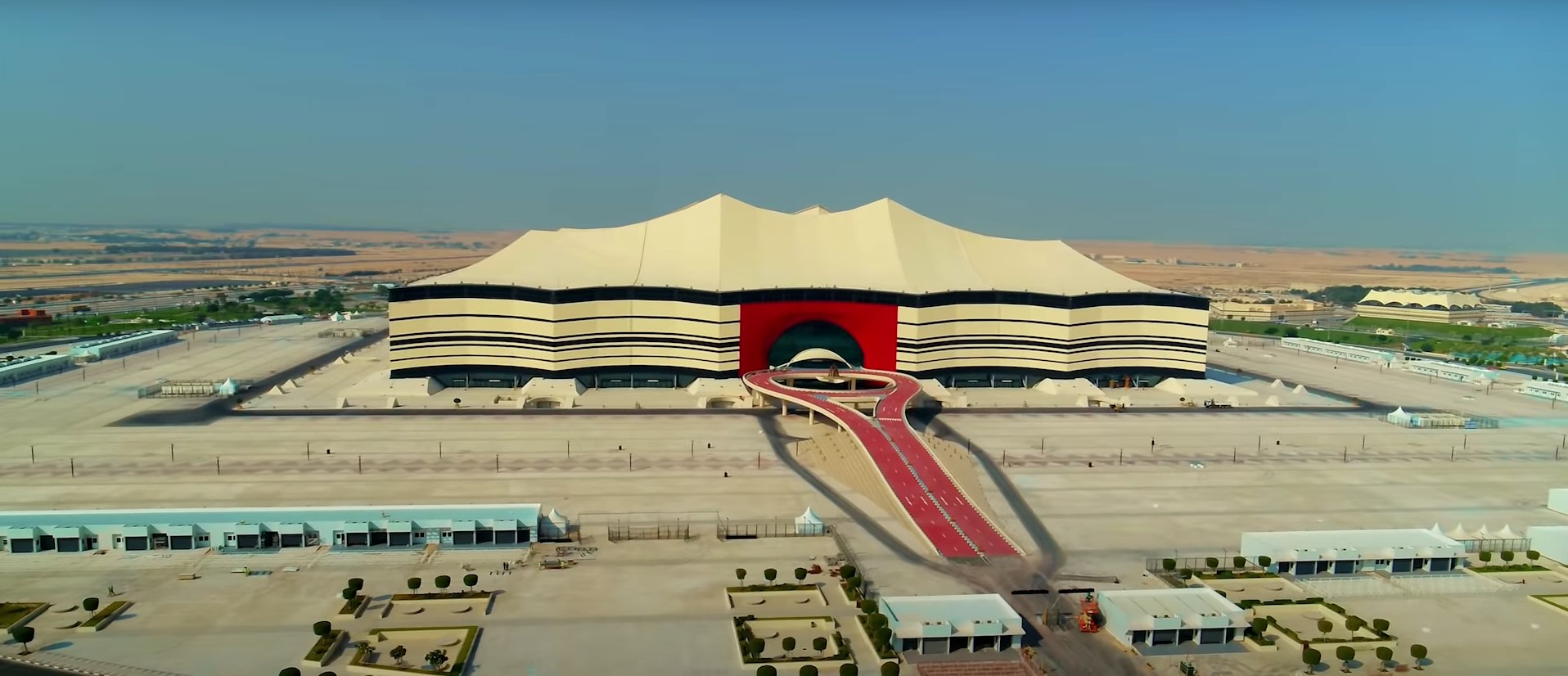Author | M. Martínez Euklidiadas
Concrete is one of the most widely used materials in construction and, despite its advantages, such as allowing high-rise constructions and reduced emissions through high urban density, the truth is, its net impact is high. It is thought to be responsible for 8% of greenhouse gas emissions. It is clear that we need a low carbon concrete. What are the options and alternatives, and their advantages and disadvantages?
What is low carbon concrete?
Low carbon concrete is one that emits little CO₂ into the atmosphere, with some types of concrete being neutral and even carbon negative. There are various ways of obtaining this type of concrete.
Injecting CO₂ into the mix
Injecting extracted gaseous CO₂ when creating the cement inside concrete during the mixing process.
● Advantage: estimated 5% reduction in emissions during production
● Disadvantage: the concrete becomes saturated and does not absorb as much CO₂ as it ages.
Example: CarbonCure
Aggregate derived from carbon sequestration
Using an aggregate in the mix obtained from carbon sequestration in a thermal power plant chimney stack.
● Advantage: it is highly efficient and requires little energy.
● Disadvantage: it legitimizes these types of power plants.
Example: Blue Planet.
Slag-based materials activated by carbonation
Some mixes do not use cement in the concrete, instead they use ground slag (vitreous substance from metal smelting). Then a large amount of CO₂ is injected into the mix.
● Advantages: they reuse an industrial byproduct and it is technically carbon negative.
● Disadvantage: it is terribly expensive and can only be used in prefabricated concrete plants.
Example: CarbiCrete.
Low temperature ‘concrete’
There are some low temperature (lower quality) concrete processes.
● Disadvantages: it sets very quickly and reduces CO₂ by up to 70%.
● Disadvantage: it supports a much lower load and is used in applications that already have an alternative with other products, such as bricks.
Example: Solidia.
Using geopolymers instead of Portland cement
Very popular during the 1950s in the Soviet Union, geopolymers (a material) are an interesting alternative to Portland cement.
● Advantages: highly durable.
● Disadvantage: exceptionally expensive.
Example: Geopolymertech.
In its report Low-Carbon Transition in the Cement Industry the International Energy Agency proposes alternatives such as calcium sulfoaluminate belite cement, carbonation of calcium silicates or pre-hydrated calcium silicates, which are all too technical to discuss here.
The future of concrete

Making a ton of Portland cement emits a ton of CO₂ into the atmosphere. Therefore, concrete is the main source of carbon incorporated into buildings. Changes are essential:
● Reduce the dependence on Portland cement concrete by using alternative mixes. If possible, derived from materials from low carbon processes.
● Maximize the service life of buildings in which concrete is used, and pay special attention to the type of infrastructure to implement with it.
● Introduce green premiums for more expensive but cleaner processes, as in the case of the generation of solar energy, once unaffordable and now the cheapest.
According to Vaclav Smil, one of the world’s leading experts on energy, use and impact, the world cannot live without concrete. It has too many advantages. Despite its net impact, it saves emissions by preventing urban sprawl and maximizing durability. But we need alternatives.
Images | Marcus Lenk, Andrey Perevoznik






















































